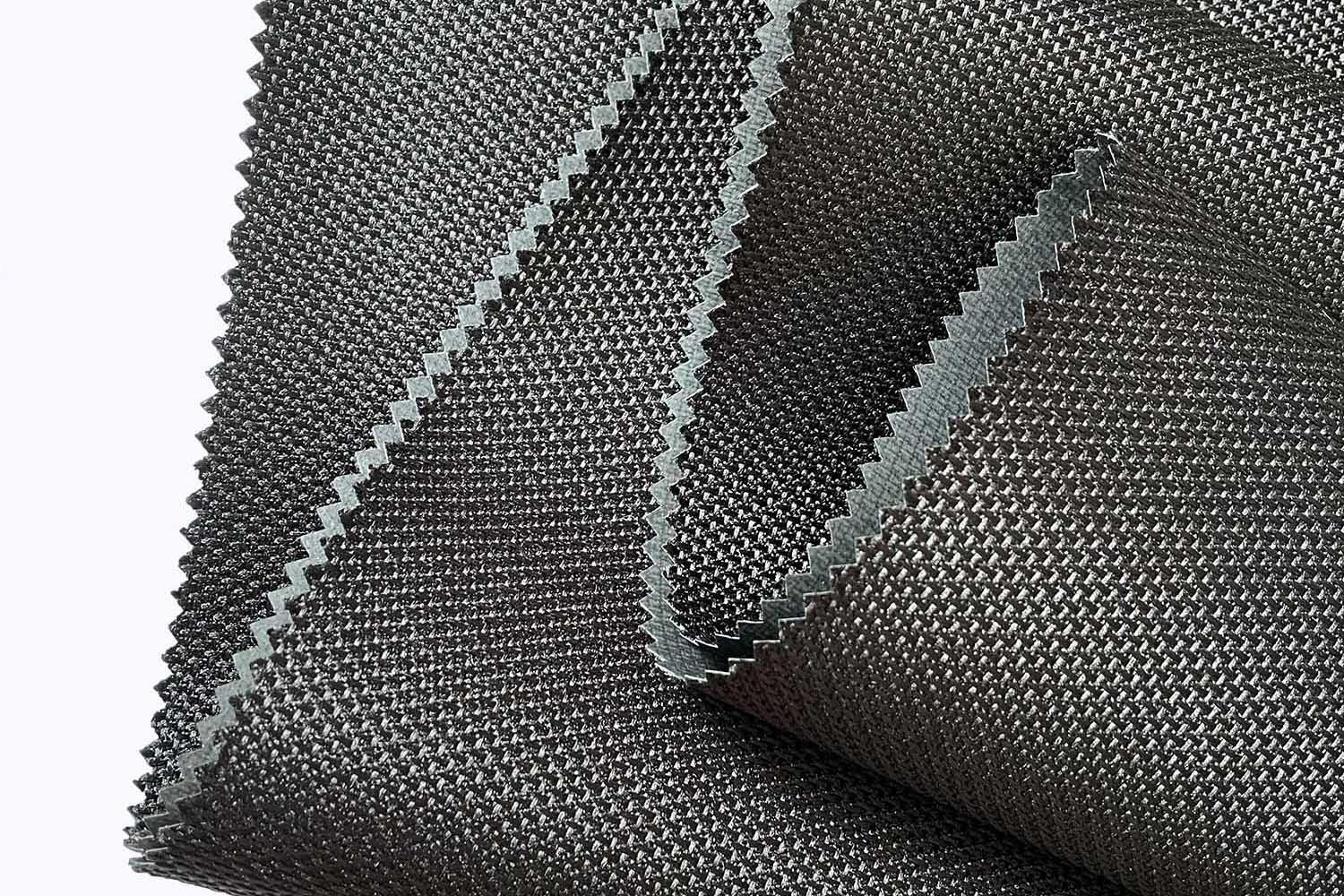Cationic fabric demonstrates excellent color uniformity and saturation during the dyeing process primarily due to the nature of its modified fibers and the interactions with cationic dyes. Here's an explanation:
Cationic fabrics are typically made from modified polyester or polyester blends, where the fibers are engineered to have an affinity for cationic (positively charged) dyes. This is achieved by introducing sulfonic acid groups or other chemical groups into the polymer chain during fiber production. These groups act as dye sites, providing a uniform and specific location for the dye molecules to attach.
Cationic dyes are positively charged, and they form ionic bonds with the negatively charged sites on the modified fibers. This strong chemical interaction ensures deep penetration of the dye into the fiber, resulting in vibrant and saturated colors.
The modified structure of cationic fabrics allows for consistent dye uptake across the fabric. This uniform distribution of dye molecules reduces issues such as streaking or uneven color, common in unmodified fibers.

Cationic fibers have excellent dye fixation properties due to their chemical composition. The ionic bond between the dye and fiber is stable, leading to high dye retention and minimizing color bleeding or fading during washing.
The dyeing process for cationic fabrics is carefully controlled, often at high temperatures, to enhance the dye’s absorption and fixation. The precise control helps achieve uniformity and ensures the entire fabric achieves consistent color saturation.
When cationic fibers are blended with unmodified fibers, such as standard polyester or cotton, they allow for differential dyeing. This creates unique patterns and textures, as the cationic fibers retain vibrant, deep colors while the other fibers may appear lighter or take on different shades. This property enhances the aesthetic appeal and versatility of cationic fabrics.
The excellent color uniformity and saturation of cationic fabric result from its chemically modified fiber structure, strong affinity for cationic dyes, uniform dye absorption, and efficient dye fixation during the controlled dyeing process. These properties make it an ideal choice for applications requiring vibrant and consistent coloration.



 English
English 简体中文
简体中文 русский
русский Español
Español










